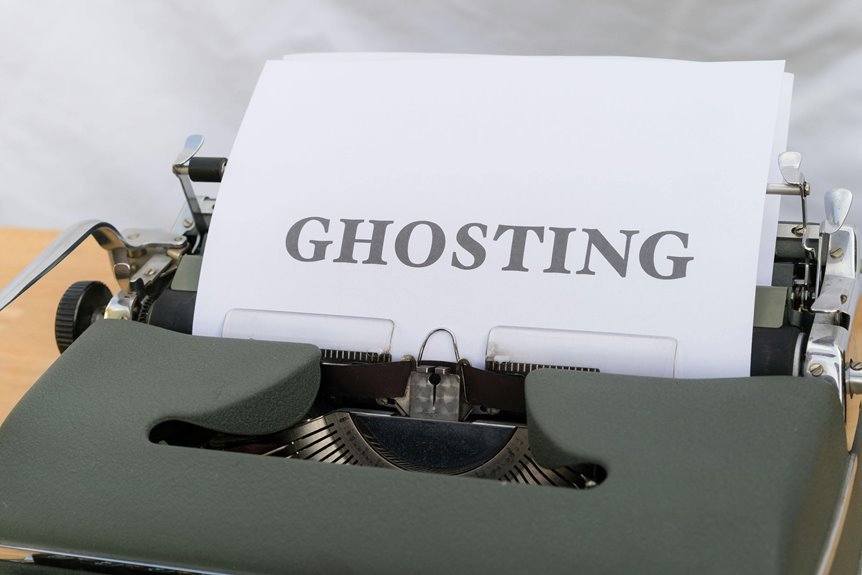2039368193 Behavioral Indicators of Customer Disengagement

Customer disengagement manifests through various behavioral indicators that warrant careful analysis. Decreased engagement with marketing communications often signals a waning interest. Additionally, a noticeable decline in purchase frequency can indicate deeper issues. Negative feedback may arise, reflecting dissatisfaction. Furthermore, an increased tendency to explore competitor offerings highlights the need for businesses to adapt. Understanding these patterns is crucial for developing strategies that can effectively address disengagement and foster renewed customer loyalty. What strategies can be employed to counteract this trend?
Decreased Engagement With Marketing Communications
As customer preferences evolve, a decrease in engagement with marketing communications often serves as a critical indicator of disengagement.
Email fatigue has emerged as a significant barrier, as consumers become overwhelmed by excessive messaging.
Coupled with content saturation, this phenomenon reflects a growing disinterest in promotional material.
Understanding these dynamics is essential for marketers aiming to reclaim attention and foster meaningful connections.
Decline in Purchase Frequency
How can a decline in purchase frequency serve as a telling sign of customer disengagement?
This shift often reflects altered purchase patterns that undermine customer loyalty. As consumers reduce transactions, businesses may face challenges in recognizing the underlying causes, such as changes in preferences or dissatisfaction.
Monitoring these patterns is crucial for identifying disengagement and developing strategies to rekindle customer connections.
Negative Feedback and Customer Complaints
A decline in purchase frequency often coincides with an uptick in negative feedback and customer complaints, serving as a significant indicator of disengagement.
Effective customer sentiment analysis reveals underlying issues, guiding businesses in implementing robust complaint resolution strategies.
Increased Use of Competitor Products or Services
An observable shift in customer behavior often manifests through an increased use of competitor products or services, signaling a potential disengagement from a brand.
This trend may indicate growing competitor loyalty as consumers conduct product comparisons, weighing features, costs, and overall satisfaction.
Brands must recognize these shifts early to address underlying issues and reconnect with customers, fostering loyalty before it dwindles further.
Conclusion
In the landscape of consumer behavior, the juxtaposition of dwindling engagement with marketing communications and a surge in negative feedback starkly highlights the fragility of customer loyalty. As purchase frequency declines, businesses face a paradox: the more they bombard customers with content, the less effective it becomes. This duality underscores the urgent need for companies to pivot from generic outreach to personalized strategies, ensuring they not only retain their audience but also rekindle the connections that drive enduring loyalty.




